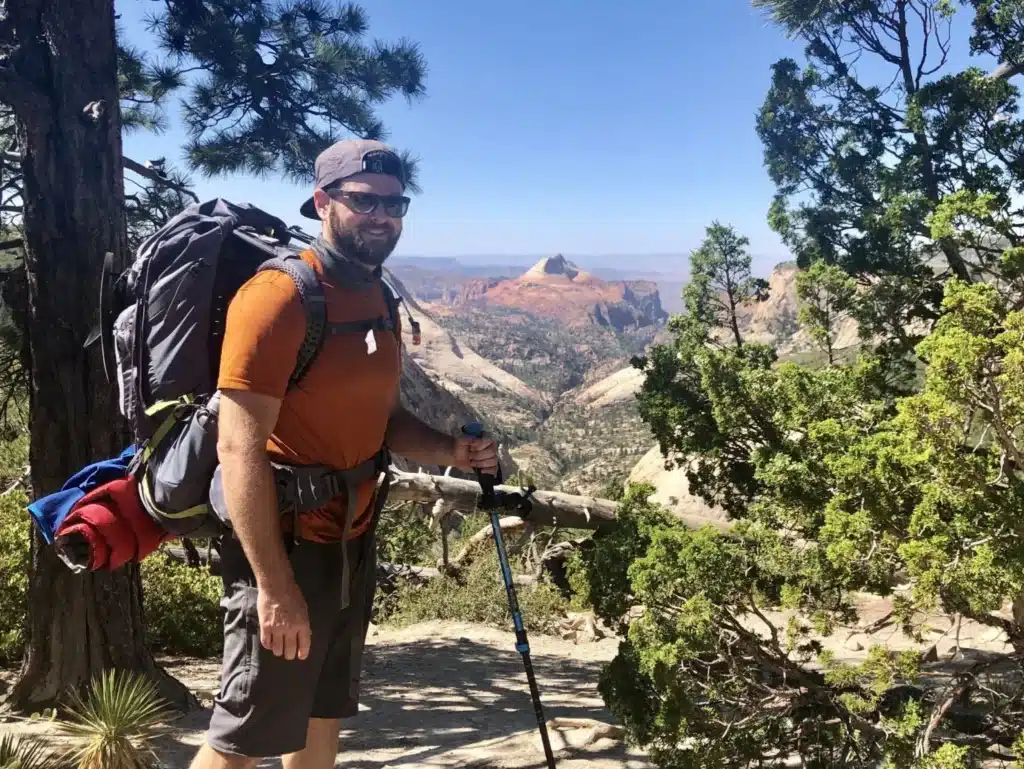Introduction
Oral health is an indispensable component of overall well-being, profoundly influencing an individual’s physical comfort, nutritional intake, communication abilities, and self-esteem. Despite its critical importance, significant disparities persist in access to comprehensive oral health education and care, particularly within underserved communities. Non-profit organizations stand at the forefront of addressing these gaps, implementing innovative community outreach programs designed to empower individuals with the knowledge and tools necessary for lifelong oral hygiene. This article explores the multifaceted strategies employed by these vital initiatives in fostering better oral health outcomes across diverse populations.
Bridging the Information Gap
Non-profit initiatives meticulously identify and target communities where oral health literacy is significantly low, often using localized surveys and strong partnerships with community leaders to pinpoint specific needs. These organizations recognize that effective education must be culturally sensitive and accessible, ensuring that vital information reaches those who can benefit from it most, often overcoming language barriers and pre-existing misconceptions. Their primary objective is to lay a foundational understanding of oral hygiene practices.
Says Dr. Joel Berley, the educational content delivered by these non-profits encompasses a wide range of topics, from fundamental brushing and flossing techniques to the profound impact of dietary choices on dental health. Programs also highlight the early warning signs of common oral diseases and emphasize the critical importance of regular dental check-ups, even in the absence of pain. This information is meticulously tailored to suit various age groups, from engaging interactive sessions for children to practical advice for adults, ensuring relevance and maximum retention.
Mobile Clinics and Access to Care
A cornerstone of many non-profit outreach efforts is the deployment of mobile dental clinics and pop-up events, which effectively bring essential services directly to communities lacking permanent dental infrastructure. These self-contained units traverse geographical barriers, offering immediate screenings, basic treatments, and vital preventative care in convenient, familiar locations such as schools, community centers, and even homeless shelters. This approach significantly reduces common barriers to access, including transportation issues and scheduling conflicts, making dental care a tangible reality for many.
Beyond providing immediate treatment, these mobile clinics serve as dynamic educational hubs, transforming each visit into an opportunity for comprehensive learning. Dental professionals demonstrate proper brushing and flossing techniques on models, distribute free oral hygiene kits, and engage patients in discussions about their oral health concerns. By combining direct care with hands-on instruction, these initiatives ensure that individuals not only receive necessary treatment but also gain the practical skills and knowledge required to maintain their oral health independently.
Empowering Local Stakeholders
A sustainable approach to community outreach involves empowering local stakeholders, recognizing that long-term impact hinges on community ownership and continuous local support. Non-profits strategically train community health workers, local volunteers, and school teachers to become knowledgeable and trusted oral health advocates within their own neighborhoods. This capacity-building strategy ensures that the educational message is not only delivered but also reinforced by familiar and respected figures, fostering greater trust and engagement.
These empowered individuals serve as invaluable conduits of information, facilitating ongoing education and consistently reinforcing healthy oral habits within their social circles, families, and institutions. They can answer questions, dispel myths, and connect community members with available resources, creating a ripple effect that extends far beyond the initial outreach event. This localized approach fosters a sense of collective responsibility for oral health, embedding preventative practices deeply within the community fabric.
Partnerships for Broader Reach
The success and scalability of non-profit oral health education initiatives are often amplified through strategic collaborations with a diverse array of partners. Forming alliances with local schools, government health departments, established healthcare providers, and even corporate sponsors significantly broadens an initiative’s reach and augments its available resources. These partnerships allow for shared expertise, combined funding, and a more coordinated approach to tackling pervasive public health challenges.
These collaborations manifest in various impactful ways, such as the implementation of school-based fluoride varnish programs that reach hundreds of children simultaneously or the launch of extensive public health campaigns utilizing multiple communication channels. Furthermore, partnerships facilitate the establishment of robust referral systems, ensuring that individuals identified with more complex dental needs during outreach events can seamlessly access ongoing, affordable care. These integrated efforts create a comprehensive safety net for oral health.
Measuring Impact and Sustainability
For non-profit initiatives, rigorous monitoring and evaluation are essential to demonstrate effectiveness, justify resource allocation, and secure future support. Organizations meticulously collect data through pre- and post-intervention surveys, track the frequency of clinic visits, and monitor reductions in preventable oral diseases within target populations. This evidence-based approach quantifies the tangible impact of their educational and outreach programs, showcasing their value to stakeholders and beneficiaries alike.
Demonstrated impact is the cornerstone of sustainability, attracting further funding from donors, grants, and government programs, thereby ensuring the long-term viability and potential expansion of these crucial oral health education initiatives. By proving their efficacy and cost-effectiveness, non-profits can continue to innovate, adapt, and scale their programs, solidifying their role as indispensable agents of change in promoting equitable oral health outcomes for all, far beyond initial funding cycles.
Conclusion
Non-profit initiatives in oral health education employ a multifaceted and deeply community-centric approach, ranging from direct educational outreach and mobile dental services to empowering local advocates and forging strategic partnerships. These dedicated efforts are systematically bridging critical gaps in knowledge and access, transforming the oral health landscape for underserved populations. The profound impact of these initiatives extends beyond individual smiles, contributing significantly to enhanced public health equity and the overall well-being of communities. Their ongoing commitment remains vital in the collective pursuit of a healthier future for everyone.

